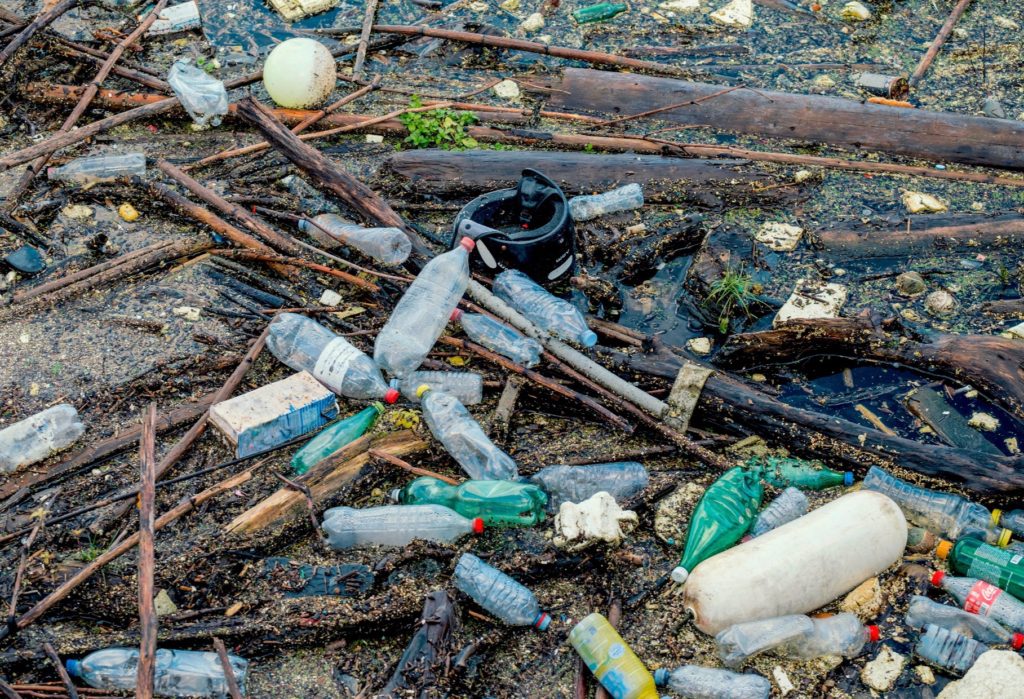
Austin’s famous 6th Street, known locally as “Dirty 6th,” was too dirty for the Environmental Protection Agency (EPA). Sixth Street was evacuated and cordoned off this weekend after the EPA declared downtown Austin a superfund site.
The announcement came after an estimated one hundred thousand South by Southwest tourists from around the globe were sickened with respiratory illnesses, bacterial infections, and viruses that had previously been eradicated in much of the developed world. Pandemics spread across continents after travelers returned to their home countries.
A White House spokeswoman applauded the EPA’s announcement, saying, “The Trump administration takes environmental protection seriously. We will not sit by while the City of Austin degrades the environment and sickens its citizens with unchecked pollution.”
EPA Intervention Long Overdue
The EPA’s Superfund Task Force, made up of investigators from the EPA and the Center for Disease Control (CDC), was tasked with monitoring the biological and chemical contamination levels in downtown Austin. Doctor Steven Atwood, a microbiologist from the Center for Disease Control (CDC), detailed the long list of reasons for the unprecedented federal intervention.
“The 6th Street case has been on our radar for a long time,” Atwood said as he checked unconscious man on the sidewalk for a pulse near 6th and Neches Street. “Every time we’ve attempted to address the Austin case, men in hipster-looking suits carrying briefcases full of money would show up at our building, take the elevator to the top floor, and then my team would get a phone call saying we had been reassigned to another case.”
This time, with the backing of the Trump administration, the EPA is clearly serious about cleaning up Austin.
“Downtown Austin, especially 6th Street, has a long history of environmental violations dating back to the 1800’s,” Atwood explained. “In the 1840’s, 6th Street, which was previously called Pecan Street, was a stagecoach route. Over time, due to a lack of cleaning, the manure was compacted under wagon wheels and baked as hard as a rock under the summer sun. By the time Pecan Street was paved, the manure had built up substantially, gradually raising the ground level.
Doctor Larry Tessler, the team’s archaeologist, discovered that the top three feet of soil under 6th Street is composed of 70% fossilized horse feces, liquor bottles, and syringes. “The other 30% of the soil is comprised of hazardous materials left over from 6th Street’s skid row days,” Tessler said. “I can’t describe those materials in polite company.”
“The entire street itself is literally glazed over with dioxins, biological fluids, and filth. It’s like a layer of toxic frosting over a manure cupcake,” Tessler continued.
Air quality was another factor in the superfund designation. “I lost two good microbiologists last week after they walked into a 6th Street bar to gather samples,” Atwood said. The Washington, DC-based team, who had not built up antibody and immune resistance from years of college-age debauchery, quickly succumbed to the carcinogenic fumes, formaldehyde, and asbestos commonly found in 6th Street bars.
“That shimmer you see on downtown sidewalks in mid-afternoon sun is light refracting through radioactive gasses and methane escaping from under the pavement. It’s like walking through a century-old horse fart,” Atwood said. “I’ve never smelled anything like it.”
Atwood is no stranger to environmental disasters. “I come from a long line of EPA scientists. My grandmother was a team leader in the Valley of the Barrels cleanup,” he said. “My father worked on the Tar Creek mining cleanup in Oklahoma.”
“Growing up, I heard crazy and unbelievable stories about things people do to the environment, but 6th Street tops them all,” Atwood sighed.
“Take the Waller Creek tunnel project for example,” he explained. “It literally recirculates polluted creek water from where the creek meets the Lady Bird Lake back to the north end of the downtown district. The water flows right back past the homeless shelter and through the 6th Street area where people use the creek as a public toilet and garbage dump, increasing the water’s toxicity with each pass.”
“Hold a UV light to the water and it glows like a disco club. You can’t make this stuff up,” Atwood said.
“The fact that any plant or animal life survives in the Sixth Street area is fascinating. Waller Creek is straight out of the movie Annihilation,” Atwood said, quietly watching a white cat grab a five-eyed fish out of the creek and walk on its hind legs up a hill to the police station.
Local Reaction
Not surprisingly, the shutdown dealt a grave blow to central Texas Greek life. “Where am I supposed to go rage with my boys Thursday through Wednesday?” asked Scooter Bentley, a sixth-year Undeclared Studies senior at the University of Texas. “Waco? College Station? No self-respecting person would go there.”
But the announcement was met with sighs of relief by police, fire, and EMS personnel assigned to the area. An unnamed medic said, “we drag people out of the creek downstream from the homeless shelters, throw them in our truck, then wheel them through nearby hospitals full of people with compromised immune systems. No wonder the mortality rate from infections in the hospitals is so high.”
“People go to Austin hospitals with minor cuts and leave with Hantavirus and dengue fever. That’s not a sustainable approach to healthcare,” another medic said.
City council promised swift action to re-open the 6th Street area. “We will commission of as many studies as it takes to get 6th Street open again,” a spokesperson at city hall said.
